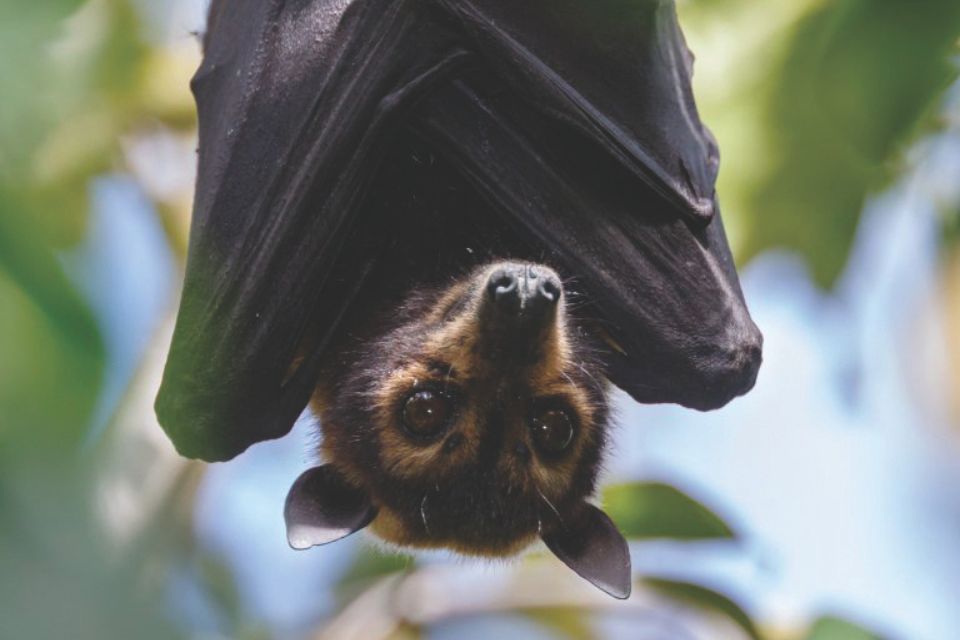Putting ecological and economic value at the heart of conservation and restoration

Rainforest Rescue are beginning lowland habitat restoration on an abandoned sugar cane farm near to the McDowell Swamp/Daintree Oxbow. This land is flood-prone and connects to the Daintree mangrove ecosystem and riparian zone. Credit: Martin Stringer
It’s hard to argue with the observation that the Wet Tropics region is in a state of transition. The post-GFC, post-Covid, and post-Cyclone Jasper landscape presents challenges for local communities, landholders, and economies.
Which is why Rainforest Rescue has doubled down on aligning its organisational strategy, so that it can provide beneficial solutions for Nature and the region it operates in.
For many years, Rainforest Rescue has been known as a conservation group that acquires parcels of intact rainforest to protect the habitat forever – under a Nature Refuge agreement wherever possible – establishing wildlife corridors and extending the protection afforded by National Parks.
More recently, the propagation and restoration arm of the organisation has been growing (in scale and actual trees propagated and planted!) as a high-quality, mature service offering to local landholders and Rainforest Rescue’s own properties.
What connects these two Nature Positive activities is a single ethos, shaped by the intent of its supporters and team, to conserve and restore with a rigour that comes from the consideration of both ecological and economic value, underpinned by cultural respect.
Saying ‘No’ and being pragmatic
How this ethos manifests are evident in Rainforest Rescue’s decisions with regards to conservation and restoration choices. Branden Barber, CEO of the organisation points out that:
“Within the Daintree region, we are well known to local property owners and the community. Throughout the year, the organisation is offered the chance to acquire properties which could be considered as future additions to our Portfolio of Protection. Due diligence with ecological surveying typically rules out many properties, usually because of an existing house pad or developed dwelling. These properties have greater value as resources that support the local community, in contrast to intact rainforest and adjacent habitats which are of high ecological value, especially if they can strengthen existing wildlife corridors or protected areas that support threatened species.”
Spectacled flying fox (Pteropus conspicillatus) are one of many threatened Wet Tropics species that will benefit from ecological restoration, with increased refuge for feeding and roost sites. Credit: Kazredracer (Flickr)
Interestingly, this stringent quality control is influencing the organisation’s position on restorable land. With the closure of the Mossman Mill, sugarcane farmland has become a hot topic in Douglas Shire. Again, there is pragmatism in Rainforest Rescue’s decision-making:
“Changing times with agricultural practices in the Wet Tropics means that land use is on the agenda. Rainforest Rescue is working with farmers on the future of underproductive land and areas unsuitable for agriculture that have ecological potential or intrinsic environmental value. The riparian zones and land that create connectivity between higher elevations and lowland and coastal habitats are a priority, because of their benefits to native wildlife and the transitions between ecosystems. Of course, not all land meets these criteria.” Branden continues.
This view means Rainforest Rescue readily acknowledges that conservation and restoration do not occur in isolation. Local communities, landholders and regional economics interplay with the Wet Tropics bioregion in an ongoing balancing act.
Through partnership and collaboration Rainforest Rescue is poised to scale Nature Positive projects that are, as Branden says, “Win-win-win”, for Nature, its interconnections with the people of the Wet Tropics, and local economic resilience.
He concludes that, “This is an incredibly important time for ensuring the environmental status of the region does not lose its voice. And it’s vital that local communities are part of the action as there are emerging opportunities, like Cassowary Credits, which have co-benefits for native flora and fauna and landholders. A Nature Positive, even Carbon Positive future for the Wet Tropics is within reach.”
A time of transition, indeed.
This article was originally published as “Putting ecological and economic value at the heart of conservation and restoration” on 28th July 2025, by Wet Tropics Restoration Alliance.
Want more good Rainforest news in your life?
Subscribe to our eNews | Follow us on Instagram | Like us on Facebook | Subscribe to our YouTube channel
Help Protect Rainforests Forever
Donate to Protect Rainforests Forever | Become a Rainforest Guardian for as little as $2 a month | Partnership Options


